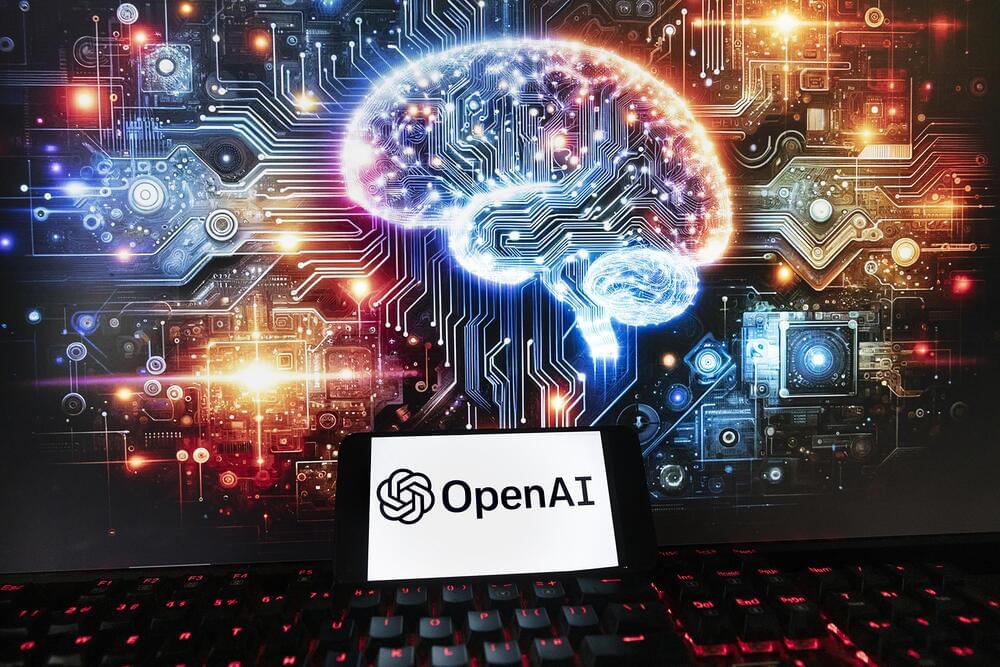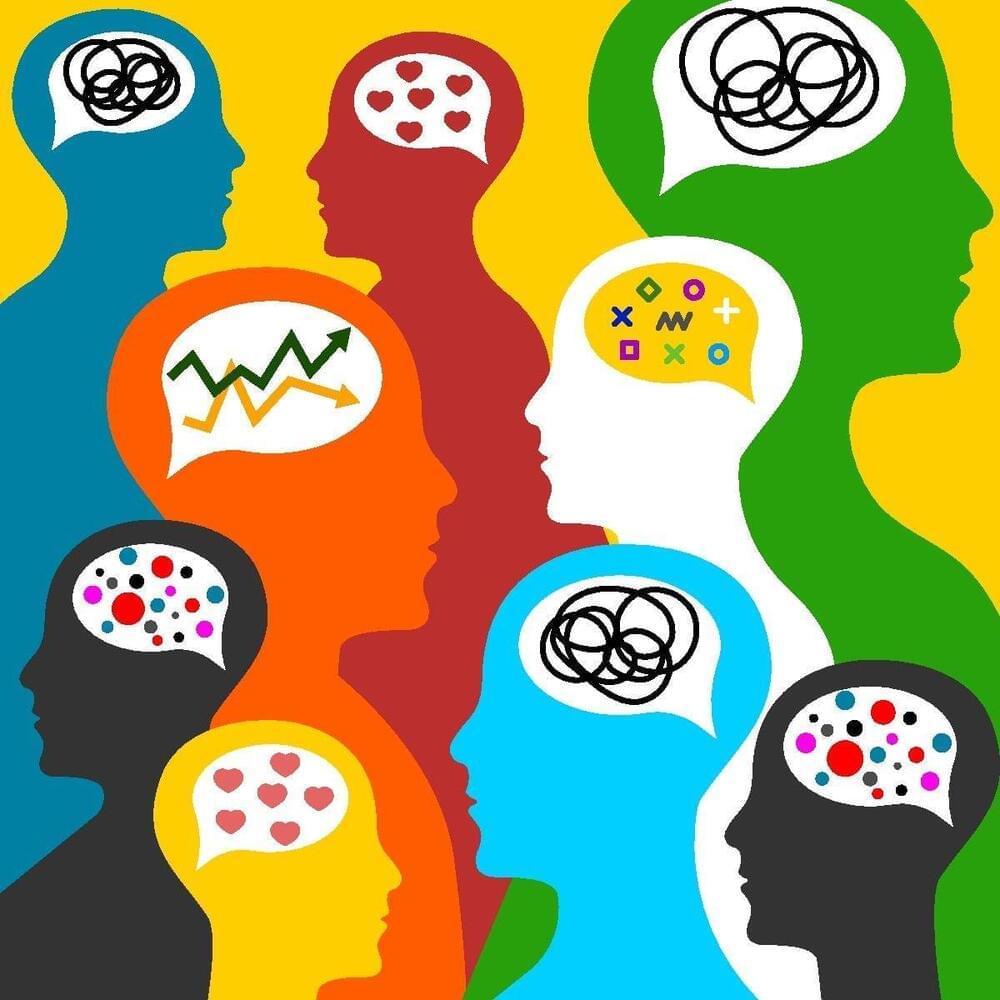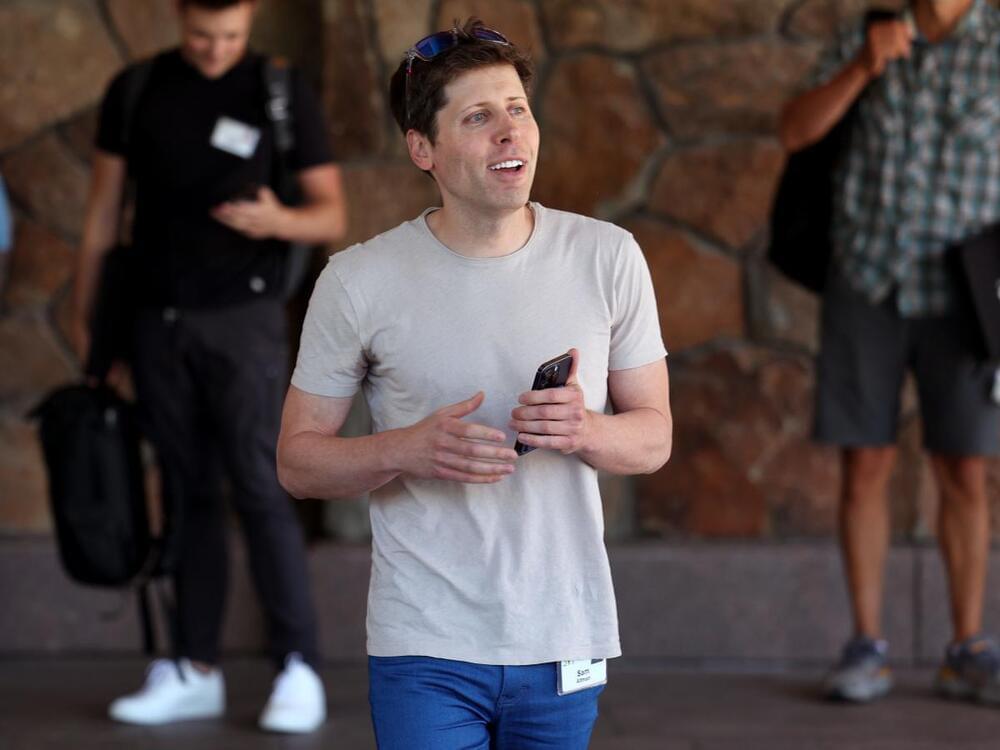Earlier this week, Google launched its Gemini AI platform that ‘wowed’ the tech world. A video posted on YouTube showcased the new AI model’s capabilities to process and reason with text, images, audio, video, and code. However, it has since come to light that Google staged the hands-on video demonstration of Gemini AI.
Bloomberg reports that Google modified interactions with Gemini AI to create the demonstration video. The video is titled “Hands-on with Gemini: Interacting with Multimodal AI.”
Google admitted in the video’s description: “For the purposes of this demo, latency has been reduced, and Gemini outputs have been shortened for brevity.” In other words, the model’s response time takes much longer than the video showed.






